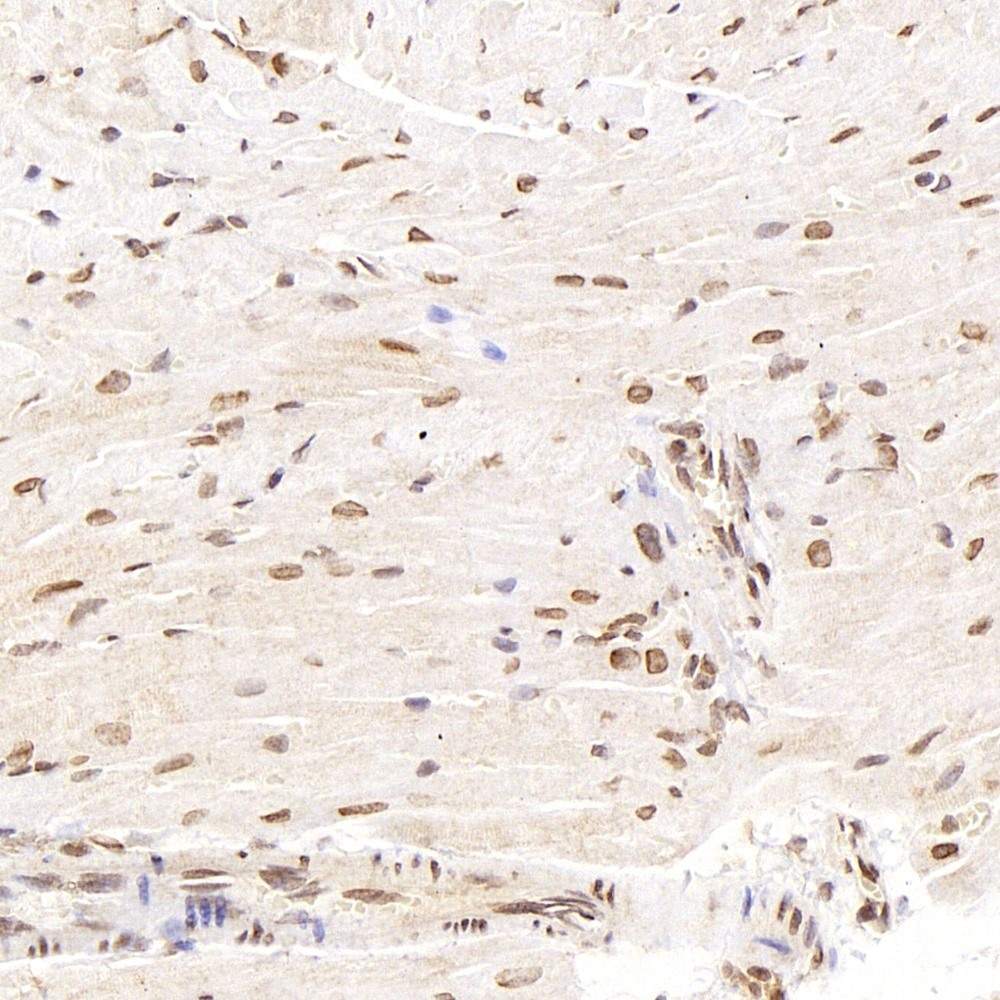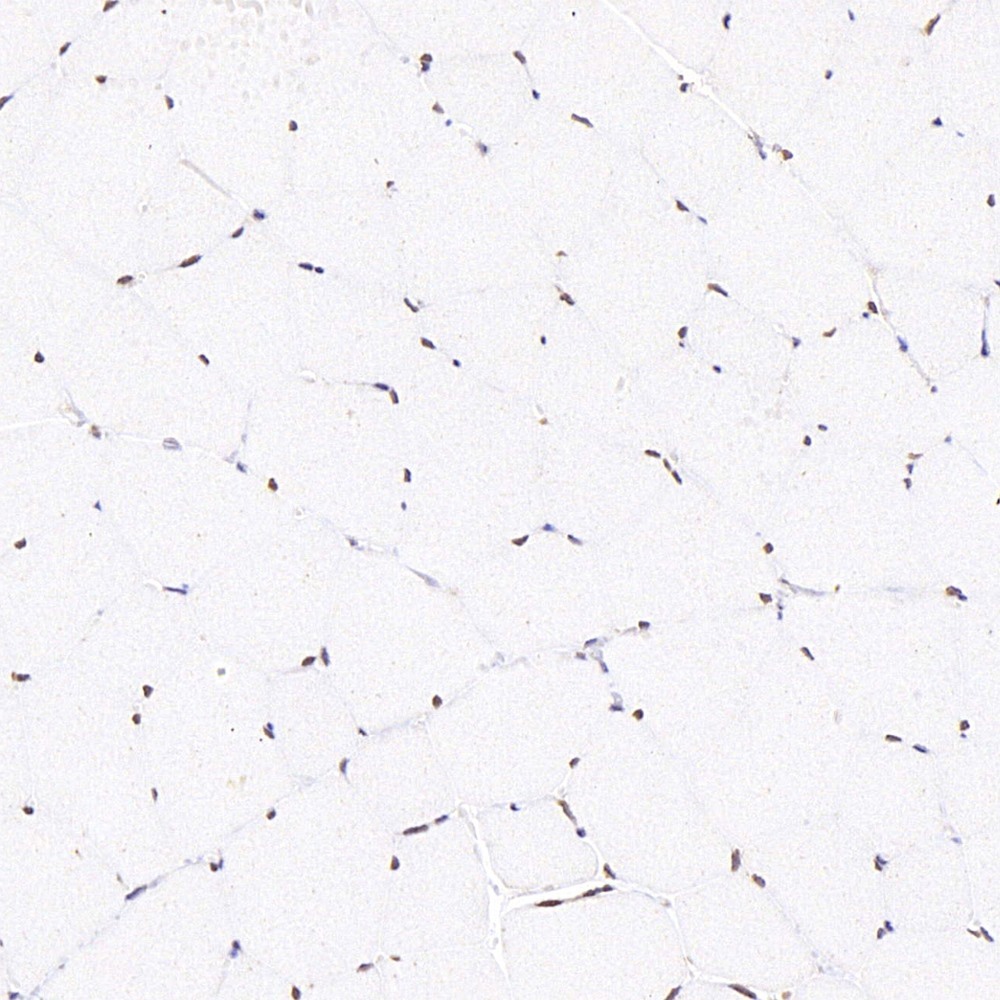SMAD2 Polyclonal Antibody
For reference only. Please follow the manual included in your kit for instructions.
Catalog Number
Product Name
SMAD2 Polyclonal Antibody
Catalog Number
RD70560A
Clonality
Polyclonal
Purification Method
Affinity purification
Isotype
IgG
Host
Rabbit
Background
The protein encoded by this gene belongs to the SMAD, a family of proteins similar to the gene products of the Drosophila gene 'mothers against decapentaplegic' (Mad) and the C. elegans gene Sma. SMAD proteins are signal transducers and transcriptional modulators that mediate multiple signaling pathways. This protein mediates the signal of the transforming growth factor (TGF)-beta, and thus regulates multiple cellular processes, such as cell proliferation, apoptosis, and differentiation. This protein is recruited to the TGF-beta receptors through its interaction with the SMAD anchor for receptor activation (SARA) protein. In response to TGF-beta signal, this protein is phosphorylated by the TGF-beta receptors. The phosphorylation induces the dissociation of this protein with SARA and the association with the family member SMAD4. The association with SMAD4 is important for the translocation of this protein into the nucleus, where it binds to target promoters and forms a transcription repressor complex with other cofactors. This protein can also be phosphorylated by activin type 1 receptor kinase, and mediates the signal from the activin. Alternatively spliced transcript variants have been observed for this gene.
Immunogen Information
Immunogen
Recombinant protein corresponding to MouseSmad2
Swissprot
Q15796,Q62432,O70436
Synonyms
Drosophilahomolog ofMADR2hMAD-2HsMAD2JV18JV18-1JV181MADMAD homolog 2MAD Related Protein 2Mad-related protein 2MADH2MADR2MGC22139MGC34440Mother against DPP homolog 2Mothers against decapentaplegic homolog 2Mothers against decapentaplegic
Calculated MW
60 kDa
Observed MW
60 kDa
Applications
Reactivity
Human,Mouse,Rat
Tested Applications
WB,IHC
Conjugation
Unconjugated
Dilution
WB 1:500-1:2000, IHC 1:300-1:800
Concentration
500 μg/mL
Storage Buffer
PBS with 0.02% sodium azide, 1% BSA and 50% glycerol, pH7.4
Storage Instructions
Store at -20°C. Avoid freeze / thaw cycles.


